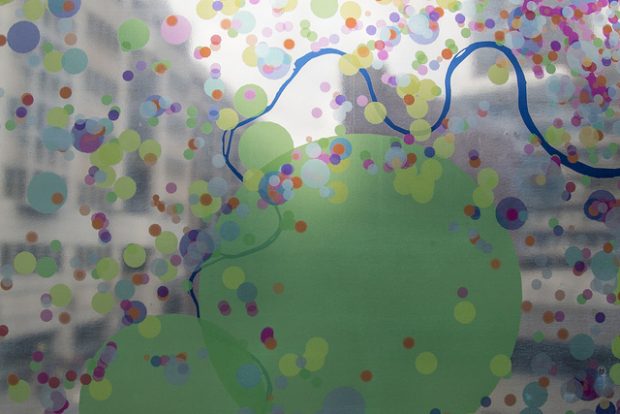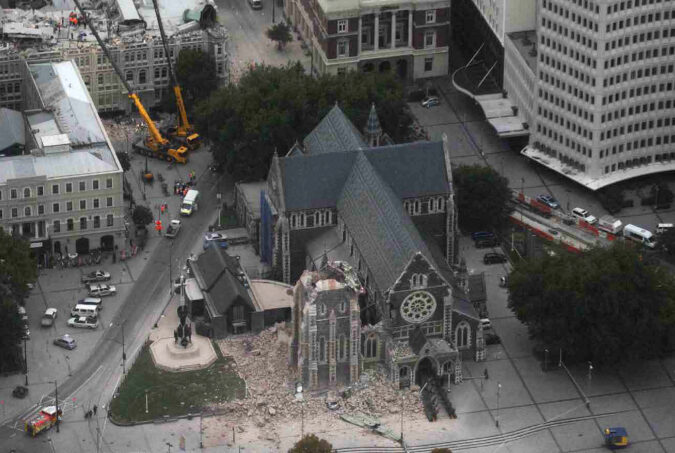
The rhetoric of innovation and openness is bipartisan at the national level in Europe. Crowd celebrating the election victory of moderniser Emmanuel Macron, by Lorie Shaull (Flickr CC BY-SA 2.0).
Open government policies are spreading across Europe, challenging previous models of the public sector, and defining new forms of relationship between government, citizens, and digital technologies. In their Policy & Internet article “Why Choose Open Government? Motivations for the Adoption of Open Government Policies in Four European Countries,” Emiliana De Blasio and Donatella Selva present a qualitative analysis of policy documents from France, Italy, Spain, and the UK, in order to map out the different meanings of open government, and how it is framed by different national governments. As a policy agenda, open government can be thought of as involving four variables: transparency, participation, collaboration, and digital technologies in democratic processes. Although the variables are all interpreted in different ways, participation, collaboration, and digital technology provide the greatest challenge to government, given they imply a major restructuring of public administration, whereas transparency goals (i.e., the disclosure of open data and the provision of monitoring tools) do not. Indeed, transparency is mentioned in the earliest accounts of open government from the 1950s. The authors show the emergence of competing models of open government in Europe, with transparency and digital technologies being the most prominent issues in open government, and participation and collaboration being less considered and implemented. The standard model of open government seems to stress innovation and openness, and occasionally of public-private collaboration, but fails to achieve open decision making, with the policy-making process typically rooted in existing mechanisms. However, the authors also see the emergence of a policy framework within which democratic innovations can develop, testament to the vibrancy of the relationship between citizens and the public administration in contemporary European democracies. We caught up with the authors to discuss their findings: Ed.: Would you say there are more similarities than differences between these countries’ approaches and expectations for open government? What were your main findings (briefly)? Emiliana / Donatella: We can imagine the four European countries (France, Italy,…





